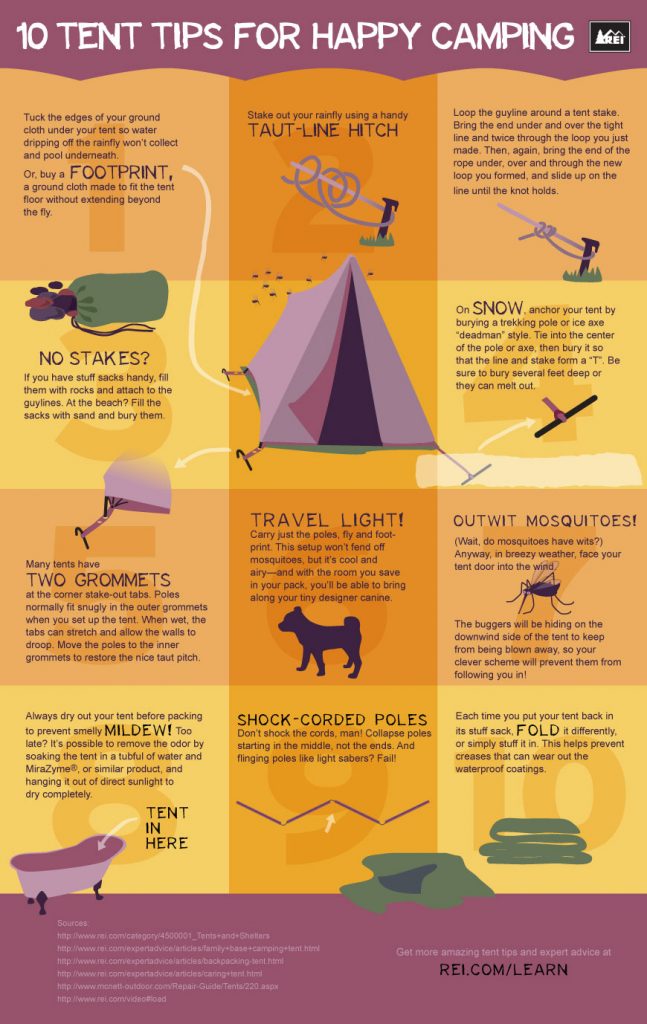Stories From The Field Living In Different Sized Tents
Winter Season Camping - Person Line Anchors in SnowWinter months outdoor camping is a fun and adventurous experience, but it needs correct equipment to ensure you stay warm. You'll need a close-fitting base layer to trap your temperature, in addition to an insulating jacket and a waterproof shell.
You'll also require snow risks (or deadman anchors) hidden in the snow. These can be tied utilizing Bob's smart knot or a normal taut-line hitch.
Pitch Your Outdoor tents
Winter camping can be an enjoyable and daring experience. However, it is necessary to have the proper equipment and know exactly how to pitch your tent in snow. This will certainly protect against cold injuries like frostbite and hypothermia. It is additionally important to consume well and remain hydrated.
When setting up camp, ensure to choose a site that is sheltered from the wind and devoid of avalanche threat. It is likewise an excellent concept to load down the location around your camping tent, as this will help reduce sinking from temperature.
Prior to you established your camping tent, dig pits with the same size as each of the anchor factors (groundsheet rings and individual lines) in the facility of the camping tent. Fill these pits with sand, stones or perhaps things sacks filled with snow to small and protect the ground. You may additionally want to consider a dead-man support, which entails connecting outdoor tents lines to sticks of wood that are buried in the snow.
Load Down the Area Around Your Tent
Although not a necessity in a lot of areas, snow stakes (additionally called deadman anchors) are a superb addition to your outdoor tents pitching package when outdoor camping in deep or pressed snow. They are primarily sticks that are created to be hidden in the snow, where they will certainly ice up and develop a solid support point. For best outcomes, utilize a clover hitch knot on the top of the stick and bury it in a few inches of snow or sand.
Set Up Your Camping tent
If you're camping in snow, it is an excellent idea to utilize an outdoor tents created for winter backpacking. 3-season tents work great if you are making camp listed below timberline and not anticipating especially extreme climate, however 4-season tote bag tents have stronger posts and materials and offer even more protection from wind and heavy snowfall.
Make certain to bring sufficient insulation for your sleeping bag and a warm, dry blow up floor covering to sleep on. Blow up floor coverings are much warmer than foam and assistance stop cold places in your outdoor tents. You can also include an additional mat for resting or food preparation.
It's likewise a great concept to set up your outdoor tents close to a natural wind block, such as a team of trees. This will certainly make your camp a lot more comfortable. If you can't locate a windbreak, you can produce your own by excavating openings and burying items, such as rocks, camping tent stakes, or "dead man" supports (old camping tent individual lines) with a shovel.
Restrain Your Camping tent
Snow stakes aren't essential if you use the appropriate methods to anchor your outdoor tents. Buried sticks (possibly gathered on your method walk) and ski posts work well, as does some version of a "deadman" hidden in the snow. (The idea is to produce a support that is so solid you won't be able to pull it up, despite a great deal of effort.) Some makers make specialized dead-man supports, but I like the simpleness of a taut-line drawback tied to a stick and then buried in the snow.
Understand the surface around your camp, particularly if there is avalanche risk. A branch that falls on your tent could damage it or, at worst, hurt you. Likewise watch out for pitching your outdoor tents on an incline, which can trap wind and lead to collapse. A sheltered area with a low ridge or hillside is far better than a high gully.
